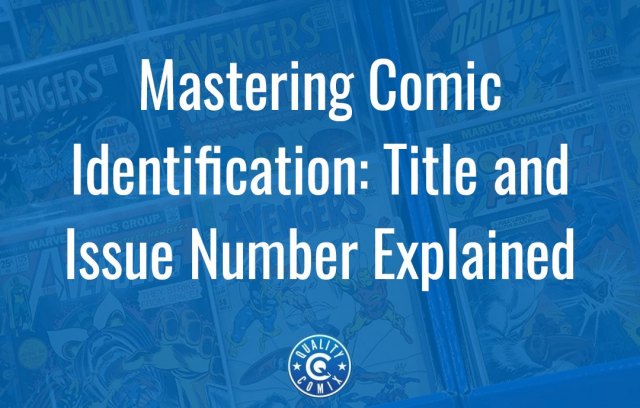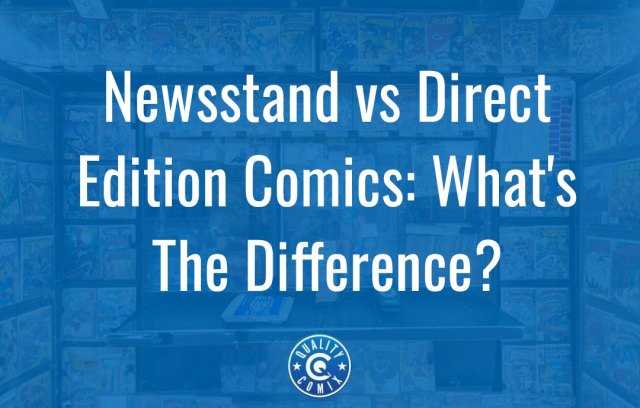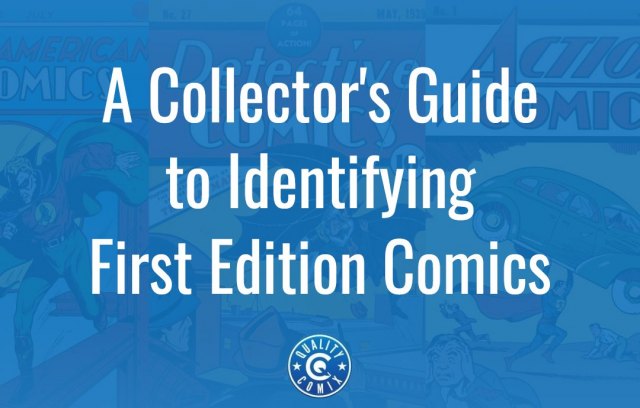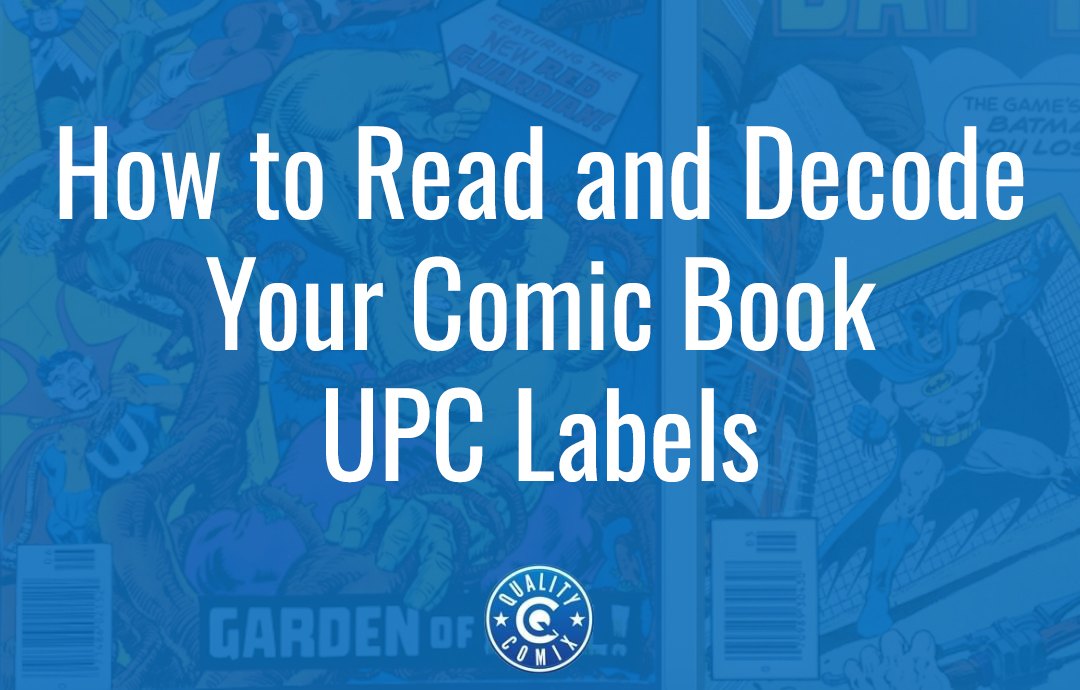
Part of comics investing is being able to identify the comics you have or, in many cases, the comics you're interested in buying. Often, that's as easy as looking at the cover, but there are also a surprising number of variants, and sometimes, the only difference between those variants – at least at first glance – is on the barcode.
That begs the question: How do you read a barcode? Let's talk about it.
Table of Contents
What Are Barcodes, Anyway?
Barcodes are everywhere, on pretty much every product made and sold by any company larger than an Etsy seller today. Also known as UPCs or Universal Product Codes, barcodes are a way to encode a number such that a computer can read it without needing to use fancy technology like optical character recognition, which would be the case if all that was printed were numbers.
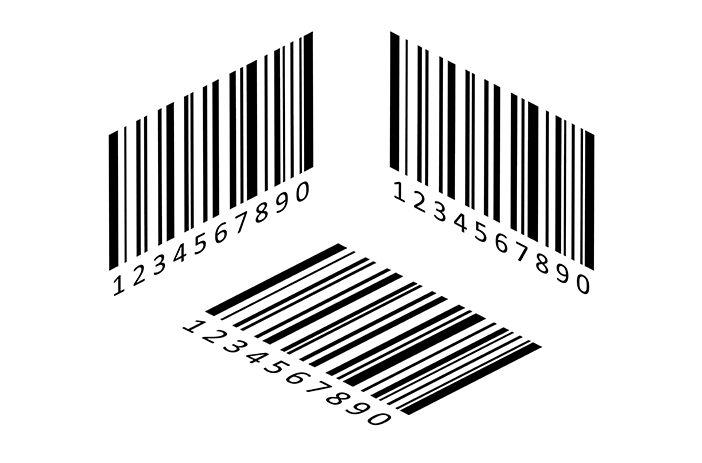
There's actually a surprising amount of thought going into these barcodes. They're made up of various components, and the way the number is encoded is very elegant.
- The so-called "quiet zone" is the blank space around a barcode, avoiding clutter that could confuse a scanner.
- The first digit, standing off on the left, is a category indicator. For example, a 2 is used for fresh produce, while a 5 or a 9 are generally reserved for coupons. Comics are usually a 7 or a 1, but other numbers can also appear.
- The next five digits of the code are a manufacturer code. These indicate who produced the item and will be the same across all comics from a given publisher, generally.
- The next five digits are the code for the specific product. All copies of a given comic will have the same code here, but different comic lines generally all have the same code for different issues. So, all "Amazing Spider-Man" will have one code, while all "Wolverine" will have another, and so on.
- The final digit is usually a check digit, something that allows verification of the previous digits but can also be used to indicate some other tertiary piece of information, like print run or variant.
While this is great for products that are relatively simple or have relatively few variants, it's not as great when you have other considerations, like the sheer number of comic books published, the number of variants for some of those books, and more. There's a solution to that, which I'll get to in a moment.
What's That Second Barcode?
If you look at a comic book barcode box, you'll see something you don't see on most other products: a second, smaller barcode.
What's this one, then? It doesn't have as many numbers, and it's a lot smaller, but it still uses the same formatting of lines with numbers. That's because it's still machine-readable numerical code, but it's publisher-specific and not part of the universal product code registration.
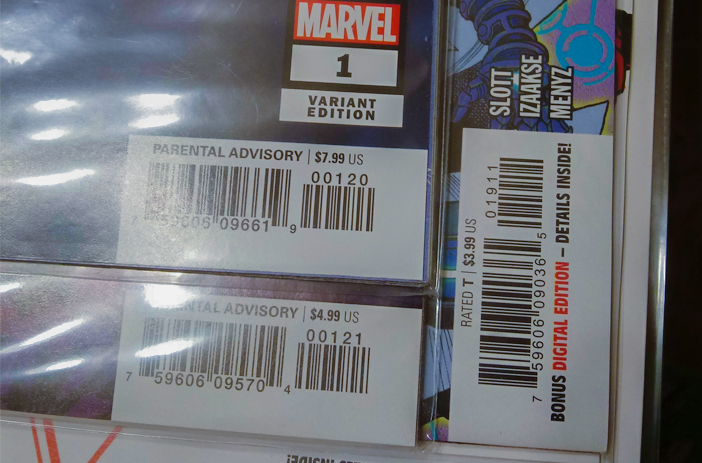
Image source: Reddit
This smaller barcode is used by publishers to encode specific information about the comics. Typically, it's five digits long, and those digits tell you a lot about the comic.
- The first three digits are the issue number. The first issue of a story will be 001; the tenth issue will be 010; the 450th issue will be 450. Simple and easy.
- The fourth digit is usually the cover number. When comics publishers started printing a bunch of different cover variants, each one of those would need to be tracked individually. Since there's not enough room in the standard UPC for that variation, this secondary code tracks it. Note that some more ridiculous instances of variants don't track this way, like the infamous Amazing Spider-Man Issue #666, which had 145 different variants; most of the variants don't have a barcode.
- The fifth digit is often the printing number. If there are multiple print runs of a given comic, this is the number used to differentiate them. Even if the comics are otherwise identical, this differentiation allows for tracking any issues with the print run, its distribution, or other details.
You can see a nice illustrated example of this practice on this Reddit thread.
It's also worth mentioning that this is all for monthly comics. Things like trade paperbacks, compilations, and comics with other distribution schedules (like weekly, quarterly, or annually) will have different configurations for their barcodes.
Nothing is True Forever
One of the biggest issues with interpreting barcodes for comics is, well, things change. While the manufacturer code is going to be static (because it's assigned to the manufacturer and is required to be used in a specific way), most of the other data isn't necessarily standardized. The secondary barcode wasn't even used for a long portion of comics history, so many comics don't even have one.
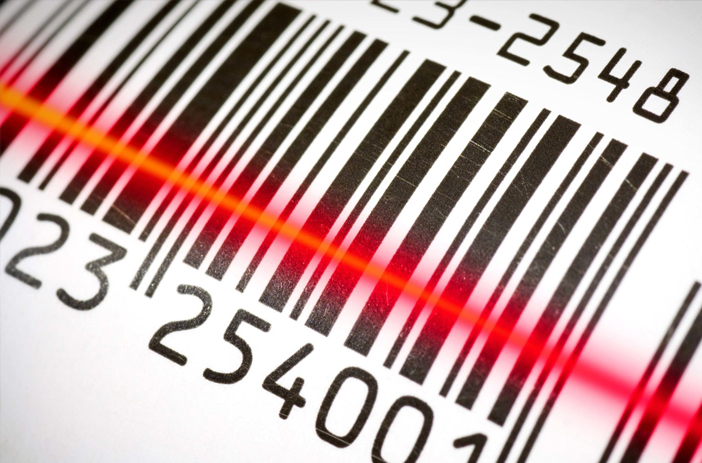
Image source: Google Images
Everything I've written above about comic barcodes are generalizations. In other words, while it's largely true across comics, there are always going to be examples and counterexamples of different uses, codes, and changes the publishers make over time.
Do All Comics Have Barcodes?
Yes and no.
Barcodes were invented in 1952, and it wasn't until a whopping 20 years later that they really took off and started finding use in pretty much everything. That's why a lot of vintage products have serial numbers, identifying marks, or even just nothing to identify them. It's a bane of anyone looking to get into vintage collectibles.
That also means that a ton of Golden Age, Silver Age, and earlier comics don't have barcodes at all. They generally have some identifying marks, but these are usually limited to date and issue number; most often, to tell the difference, you simply need to know what you're looking at.
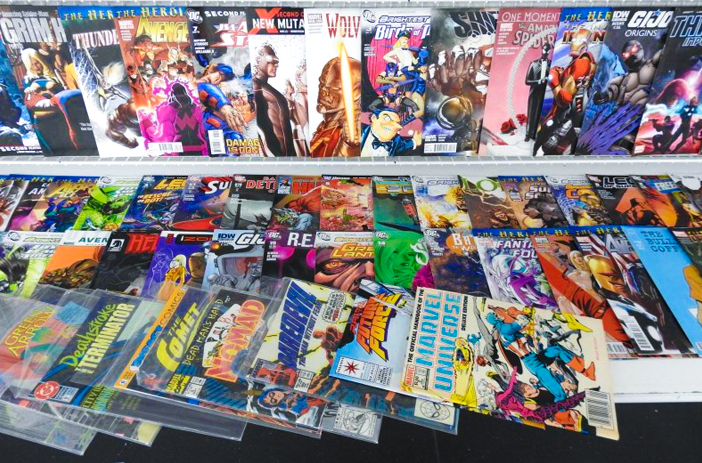
Image source: Google Images
Another example from a more modern era is the difference between newsstand and direct editions of a comic. Since there was an important distinction between them – the ability for a comic shop to return unsold copies for a refund – the publishers needed a way to tell the difference. One of the most common was the barcode, with certain copies lacking a barcode entirely while others had it. You can read more about this distinction here.
A lot of indie comics, especially things like self-published zines, also lacked barcodes. Since part of the barcode needs to be issued by the regulating authorities, and part of it needs to be purchased, indies simply don't bother.
Not All Barcodes Are the Same
Another detail that can be useful for some collectors and investors to know is that barcodes, as they've been discussed so far, are a distinctly American invention. The concept – an identifying number encoded as lines that a machine can read – is international, but the actual numbers and their format are different.
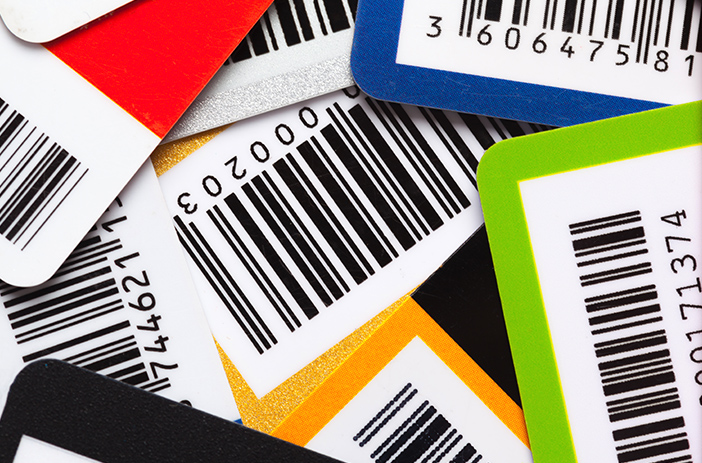
The other major standard is the EAN, or European Article Number. The EAN is governed by the EAN-13 standard and regulated by the European Union. They're also one digit longer than American UPC codes because they have an additional digit that indicates the country that produced the item.
Barcodes Vs. ISBNs
Another question that comes up a lot is about another number that identifies a product. Specifically, it's a number that identifies a written work or book of some format, and it's called the ISBN.
ISBN is the International Standard Book Number. They're generally designed for a variety of kinds of books, but notably, they are not made for serialized books like comic books.
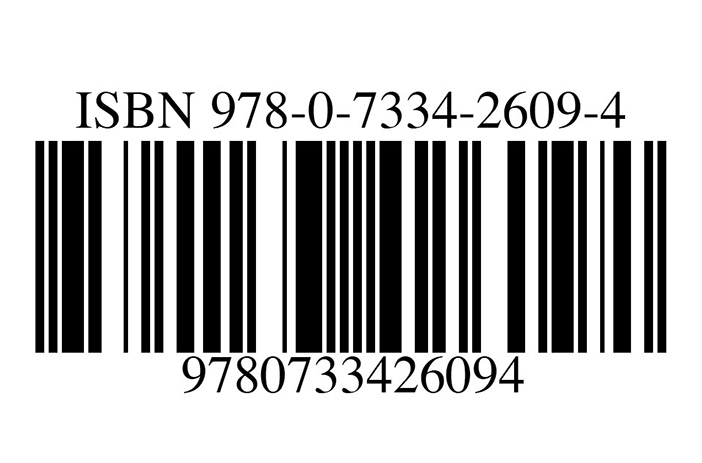
Image source: Google Images
Here's what the regulating body says:
"Comic books, since they are serials, do not get ISBNs. However, graphic novels are eligible for ISBNs."
So, comic books aren't going to have ISBNs, but the collected trades, stand-alone graphic novels, and other sorts of media might.
ISBNs are much more complicated than your average barcode, but luckily, you usually won't have to care about it when you're investing in comics.
The Evolution of Barcodes
Barcodes are inherently limited since they're a relatively small selection of numbers, and some of those numbers are fixed. That means it's theoretically possible to run out of barcodes, and there are only so many supplemental barcodes you can slap on a product before it becomes unwieldy, and a better solution is necessary.
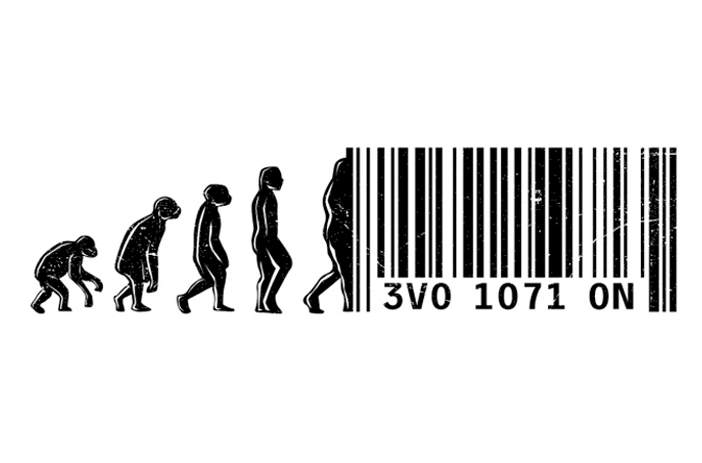
Image source: Google Images
There's one already available, and you actually see it on a lot of products today. It's the QR code, that grid of black and white boxes that encodes much more information on it than a barcode ever could. They aren't in use – at least not heavy use – for comics just yet, but it's not impossible that a publisher could switch to them at any time.
How to Identify a Comic by Barcode
If you want to identify a comic by its barcode, there are a few options.
The first is the manual method. Looking up each number in the barcode, you'll be able to extract the information it contains. The first section is the publisher, but that's easy to know for most comics since it's printed right on the cover. The next section is the product ID, which is the relevant part you'll need for most lookups. And, of course, any supplemental barcodes will tell you the issue number, printing, variation number, and more.
It's also important information to know whether or not a comic even has a barcode. It will always be printed on the cover, but it could sometimes be on the back cover instead of the front. If it doesn't have a barcode at all, or if the barcode is replaced with an illustration or blacked out entirely, that's also useful information to have.
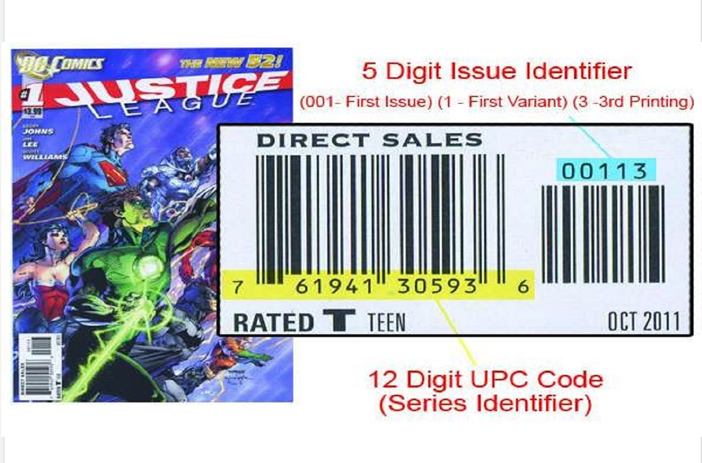
Image source: Google Images
The other option is to use modern technology. Barcodes aren't some mystifying or inscrutable encrypted content. They're public information, and moreover, they're easy to scan. That's the whole point of them, after all.
That means you can get a barcode scanner app for your smartphone and scan the barcode very easily. In fact, some of the mobile apps used for cataloging and price-checking comics have built-in barcode scanners so you can quickly scan, identify, and check the price of any comic with a barcode.
What if a barcode is obscured?
Unfortunately, a common practice for a certain era of comics was to use the barcode box as a place for different identification. Comic shops would use that space to place their own barcode sticker, a price sticker, or some other identifying information. Some would even use stamps (like the Action Comics #1 Rocket Copy, except in the barcode box instead.)
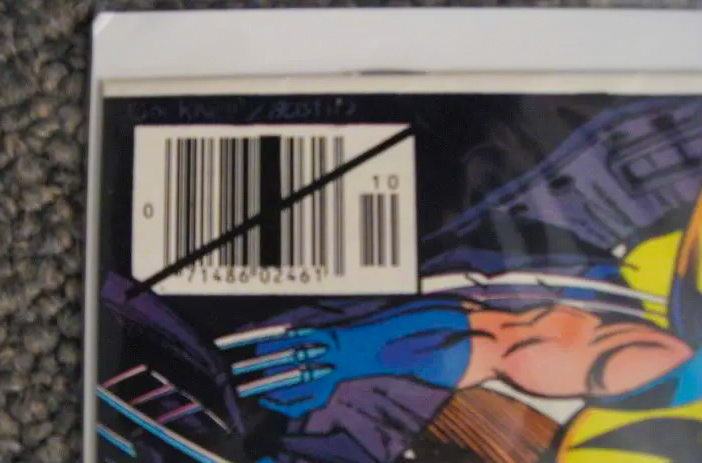
Image Source: Google Images
If the barcode is obscured, you're mostly out of luck. With some very, very careful cleaning, a sticker can be removed, and the code underneath can be revealed. However, that's something best left to professionals and not something I would recommend that you try at home unless you're either very confident or you're working with a $1 book and you don't care if it gets damaged.
Should You Learn to Read Barcodes for Comics?
That's up to you.
Personally, I think it's a skill that can come in handy in rare situations, but 99% of the time, it's unnecessary. Modern technology allowing you to scan and read a barcode without knowing what the numbers mean yourself is usually all you need.
That said, if you're a fan or investor in specific comics, particularly rare variants, knowing what the barcodes mean for those comics and which variants are the valuable ones can be a great benefit. Instead of needing to scan and identify the variants and hope the book you're scanning is in the database you're using, you can just know what you're looking at.
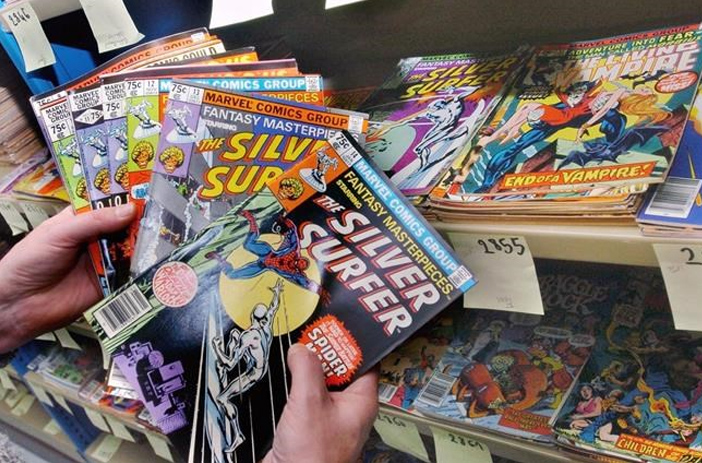
Image source: Google Images
Most collectors, comic fans, casual readers, and even many investors won't need to know what a barcode says, and if they do, it's easy to look up. Many investors even collect comics primarily from before barcodes were used! So, while it can be a fun piece of trivia to know, and it can be helpful in a few specific circumstances, most of the time, it's not terribly important. You're more likely to get valuable mileage out of knowing graphical details, ways to identify forgeries and repairs, and other details instead.

 Brent Moeshlin
Brent Moeshlin
